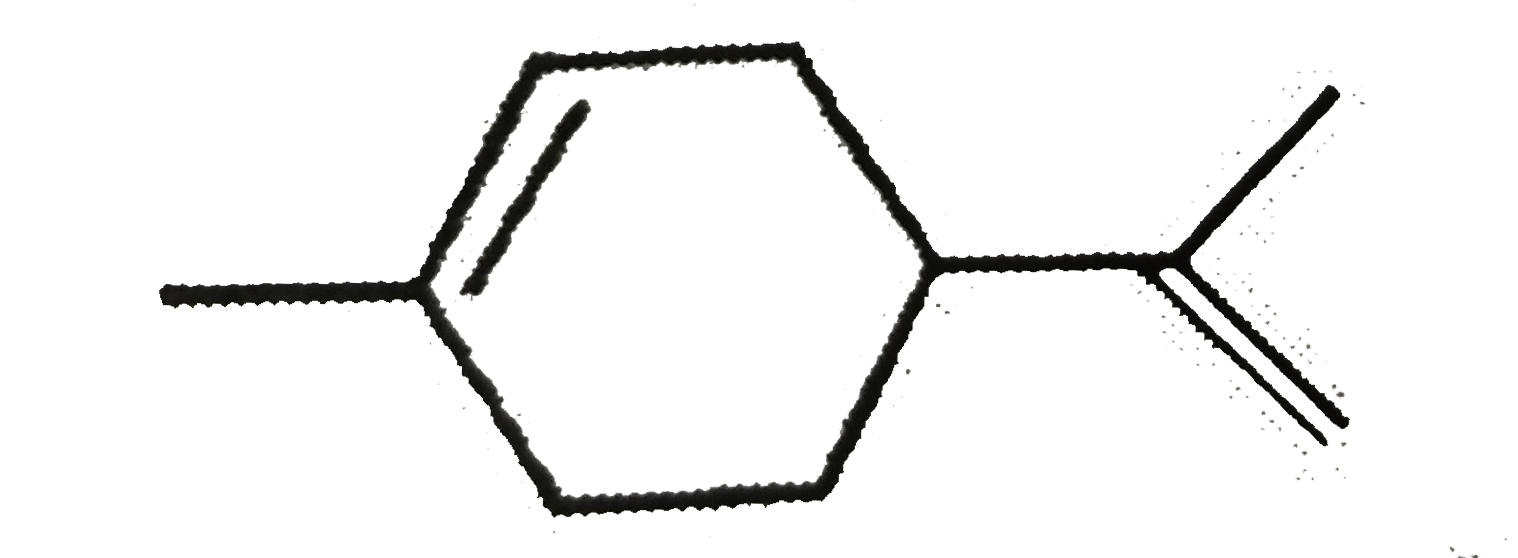Analogous structures are a result of
Anatomically different but performing similar functions
Anatomically similar but performing different functions.
Anatomically similar and functioning similarly
Anatomically different and functioning differently.
The correct Answer is:A
Step-by-Step Solution:
1. Understanding Analogous Structures:
- Analogous structures are features in different species that perform similar functions but have different anatomical structures.
- They do not share a common ancestry.
2. Distinction from Homologous Structures:
- Unlike analogous structures, homologous structures arise from a common ancestor and have similar anatomical features, but they may serve different functions.
3. Examples of Analogous Structures:
- A classic example of analogous structures is the wings of insects and the wings of birds.
- Both structures allow for flight but have evolved independently from different ancestral origins.
4. Conclusion:
- Therefore, analogous structures are a result of convergent evolution, where different species adapt to similar environments or challenges, leading to the development of similar functional traits despite their different anatomical origins.
Final Answer: Analogous structures are a result of different evolutionary lineages adapting to perform similar functions.
---
- Analogous structures are features in different species that perform similar functions but have different anatomical structures.
- They do not share a common ancestry.
- Unlike analogous structures, homologous structures arise from a common ancestor and have similar anatomical features, but they may serve different functions.
- A classic example of analogous structures is the wings of insects and the wings of birds.
- Both structures allow for flight but have evolved independently from different ancestral origins.
- Therefore, analogous structures are a result of convergent evolution, where different species adapt to similar environments or challenges, leading to the development of similar functional traits despite their different anatomical origins.
Topper's Solved these Questions
- EVOLUTIONBOOK - AAKASH INSTITUTE ENGLISHCHAPTER - EVOLUTIONEXERCISE - SECTION-D ASSERTION-REASON TYPE QUESTIONS
20 Videos
- EVOLUTIONBOOK - AAKASH INSTITUTE ENGLISHCHAPTER - EVOLUTIONEXERCISE - TRY YOURSELF
29 Videos
- EVOLUTIONBOOK - AAKASH INSTITUTE ENGLISHCHAPTER - EVOLUTIONEXERCISE - SECTION-B OBJECTIVE TYPE QUESTIONS
30 Videos
- ENVIRONMENTAL ISSUESBOOK - AAKASH INSTITUTE ENGLISHCHAPTER - ENVIRONMENTAL ISSUESEXERCISE - ASSIGNMENT SECTION D
15 Videos
- EXCRETORY PRODUCTS AND THEIR ELIMINATIONBOOK - AAKASH INSTITUTE ENGLISHCHAPTER - EXCRETORY PRODUCTS AND THEIR ELIMINATIONEXERCISE - SECTION D ( ASSERTIN-REASON TYPE QUASTION)
10 Videos
Similar Questions
Homologous structures are a result of
View SolutionWhy are analogous structure a result of convergent evolution ?
View SolutionWhy are analogous structure a result of convergent evolution ?
View SolutionAnalogous organs are a result of
View SolutionAnalogous structure of phylloclade is called
View SolutionAnalogous organs are
View SolutionThe alkene limonene has the following structure.

What product results from the reaction of limonene and chlorine water ?
View SolutionAnalogous organs are :
View Solution(a)Different between analogous and hmologos structures
(b) Select and write analogous structures from the lost given below :
(i)wings of butterfly and birds
(ii) vertebrate hearts
(iii) Tendrils of bougain villea and cucurbita
(iv) Tubers of sweet potota and potato.
View SolutionAnalogous organs arise due to
View Solution
